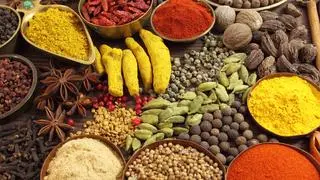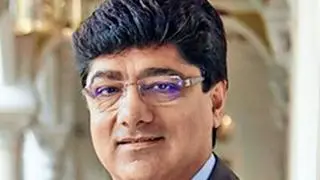In the next two years, a fractured domestic lubricants space is going to see players fight it out for market share, pumping in money to increase manufacturing capacity despite the razor-thin margins.
Hari Prakash M, CEO, GP Petroleums, told BusinessLine that the company — strong in the industrial lubricant space is a fringe player in the auto lubricants segment — wants to increase its market share from the current 1 per cent to 5 five per cent over the next decade.
This includes a plan to buy out an existing lubricant blending plant, when its own Vasai facility (near Mumbai) reaches full capacity to produce 80,000 kilolitres (kl) per annum.
GP Petroleums, formerly Sah Petroleum, is part of the UAE-based Gulf Petrochem group. Prakash said the company plans to double its marketing budget in the coming year and ramp up its distributor network from the current 80 to 200 by the end of FY-18. “We’re also looking at tie-ups with auto OEMs like Honda, Suzuki, Hero and Bajaj. It’s in the retail market that lubricant makers fight for visibility and market share... it’s important to have brand recall among mechanics in service centres.”
GP Petroleums is also focussing on its premium offering under Repsol, part of a tie-up with Spain’s largest lubricant company.
Leading brands Prakash said that GP Petroleums wants to double its sales of Repsol next year, and plans to debut it in South Asian markets, including Sri Lanka, Nepal and Bangladesh.
More than half of India’s auto lubricants market is dominated by brands belonging to the three large PSUs: Servo (Indian Oil Corporation), Turbo (Hindustan Petroleum) and MAK (Bharat Petroleum). The other half of the market is dominated by MNCs including Castrol (a division of BP), Shell, Exxon Mobil, Total and Gulf Oil (part of the Hinduja group). It’s here that GP Petroleums wants to edge in, with its mass-market lubricant brand IPOL.
Also eyeing this space is Malaysian state oil giant Petronas, which wants to triple its share in India’s lubricant market by 2022.
“Globally, we are among the top 10 lubricants players by market share, and striving to eventually be among the top five in five years,” said Wan Zulkiflee Wan Ariffin, President and Group CEO , Petronas. The company is building a $50-million lubricant blending plant at Patalganga (near Mumbai), and will invest another $100 million to expand its distribution network. The plant, expected to be completed in the first quarter of FY-18, will produce 110 million litres of lubricants annually.
Meanwhile, UK-based Gulf Oil Corporation is investing ₹150 crore in a manufacturing plant in Chennai to produce more value-added products.
A September 2016 report by brokerage and research firm Phillip Capital said that core volumes of Castrol India and Gulf Oil Lubricants grew 7 per cent and 13 per cent year-on-year, respectively, in 2016, versus a five-year CAGR of 3 per cent and 7 per cent.
“This growth was driven by momentum in personal mobility space coupled with some recovery in commercial vehicle and industrial segments. We see steady margins and volume recovery based on a benign oil price environment, strong auto and industrial fuel consumption, slowing drain interval growth and push towards premiumisation.”







Comments
Comments have to be in English, and in full sentences. They cannot be abusive or personal. Please abide by our community guidelines for posting your comments.
We have migrated to a new commenting platform. If you are already a registered user of TheHindu Businessline and logged in, you may continue to engage with our articles. If you do not have an account please register and login to post comments. Users can access their older comments by logging into their accounts on Vuukle.